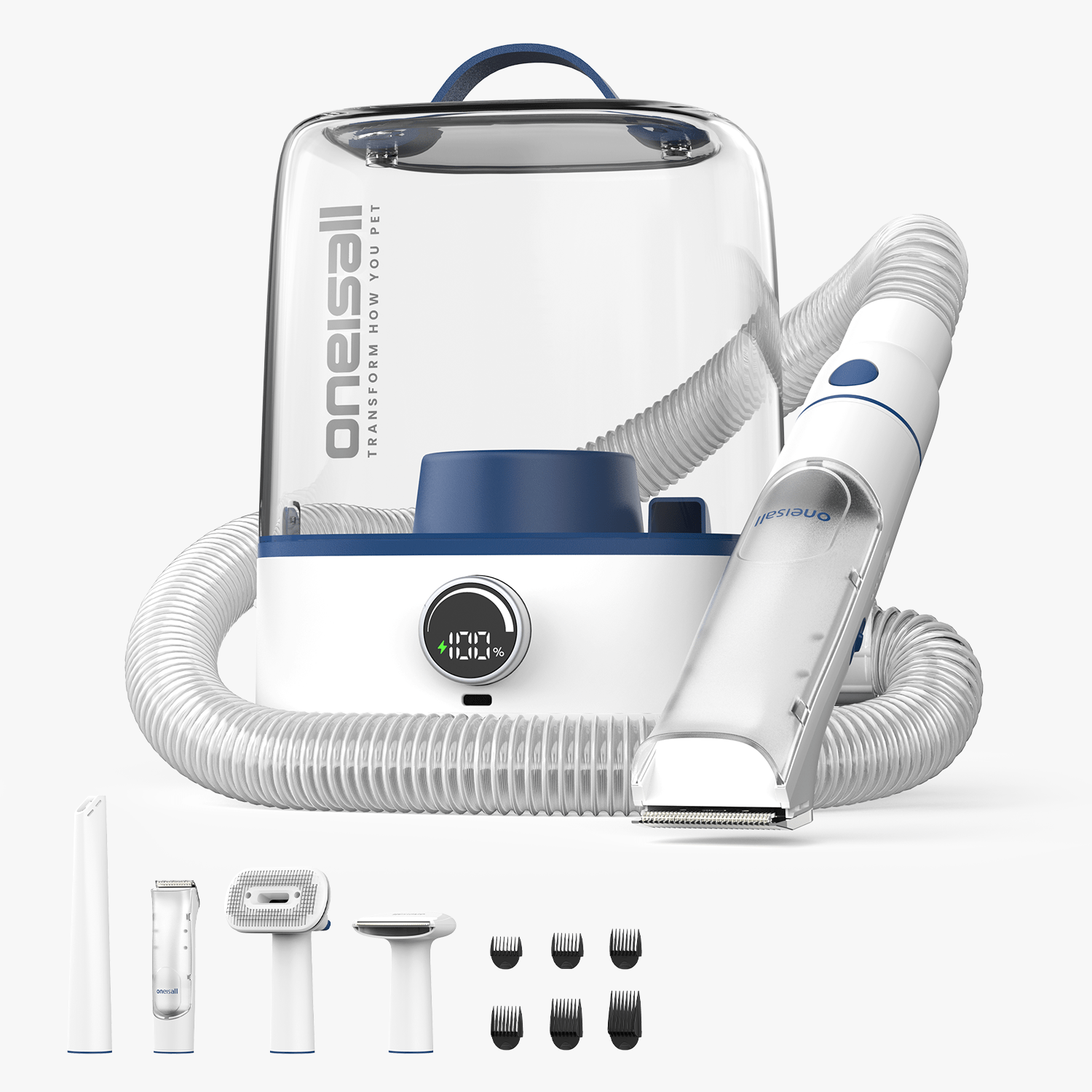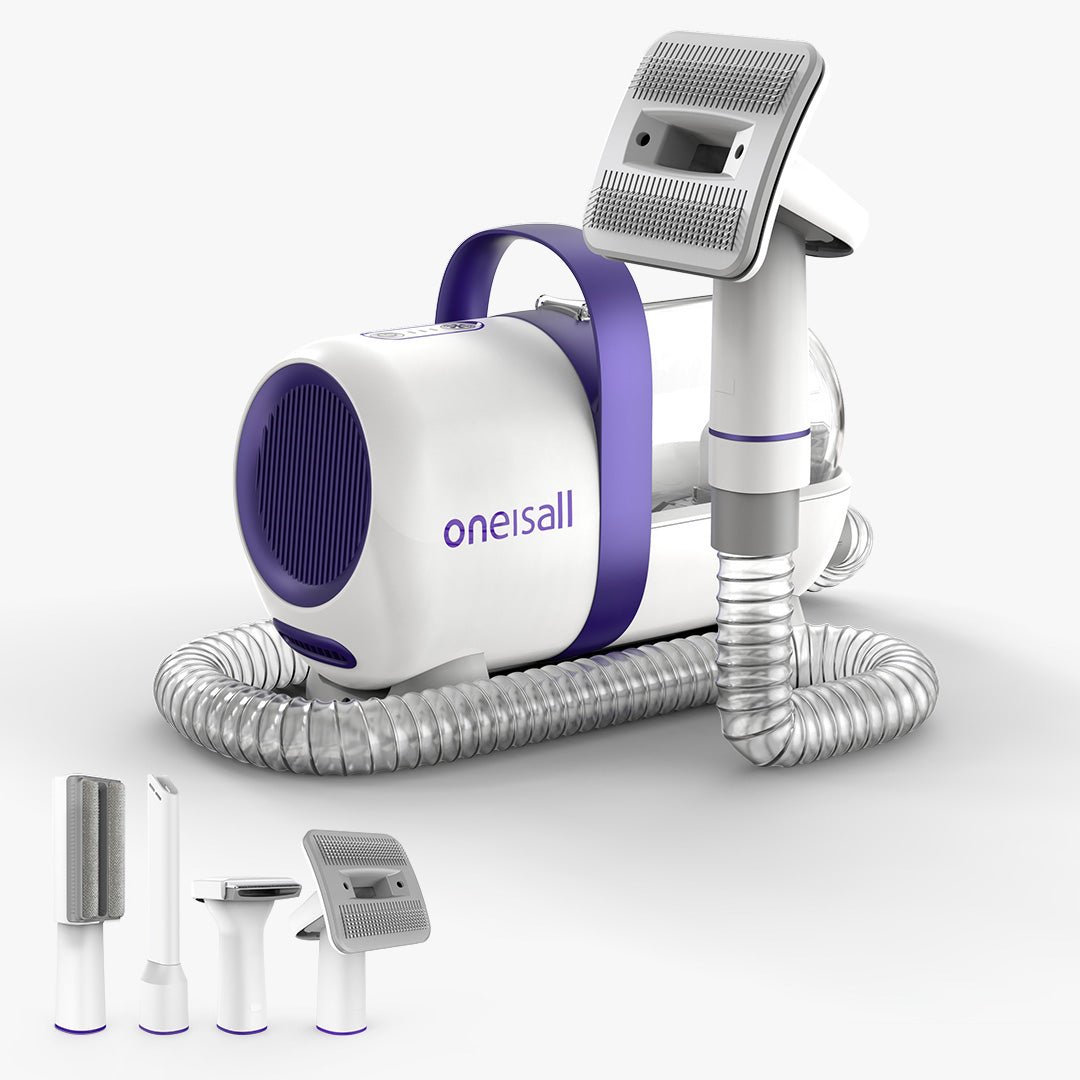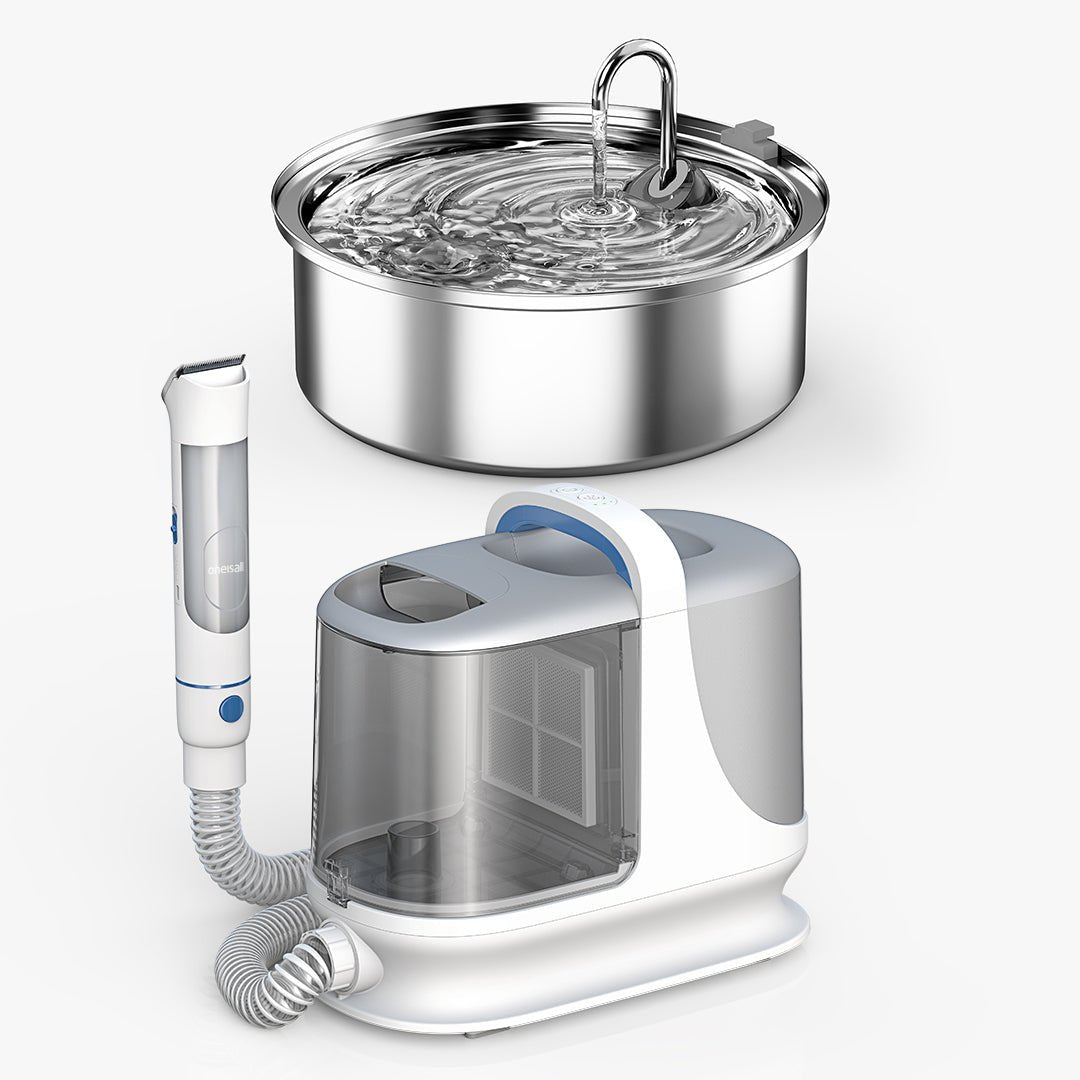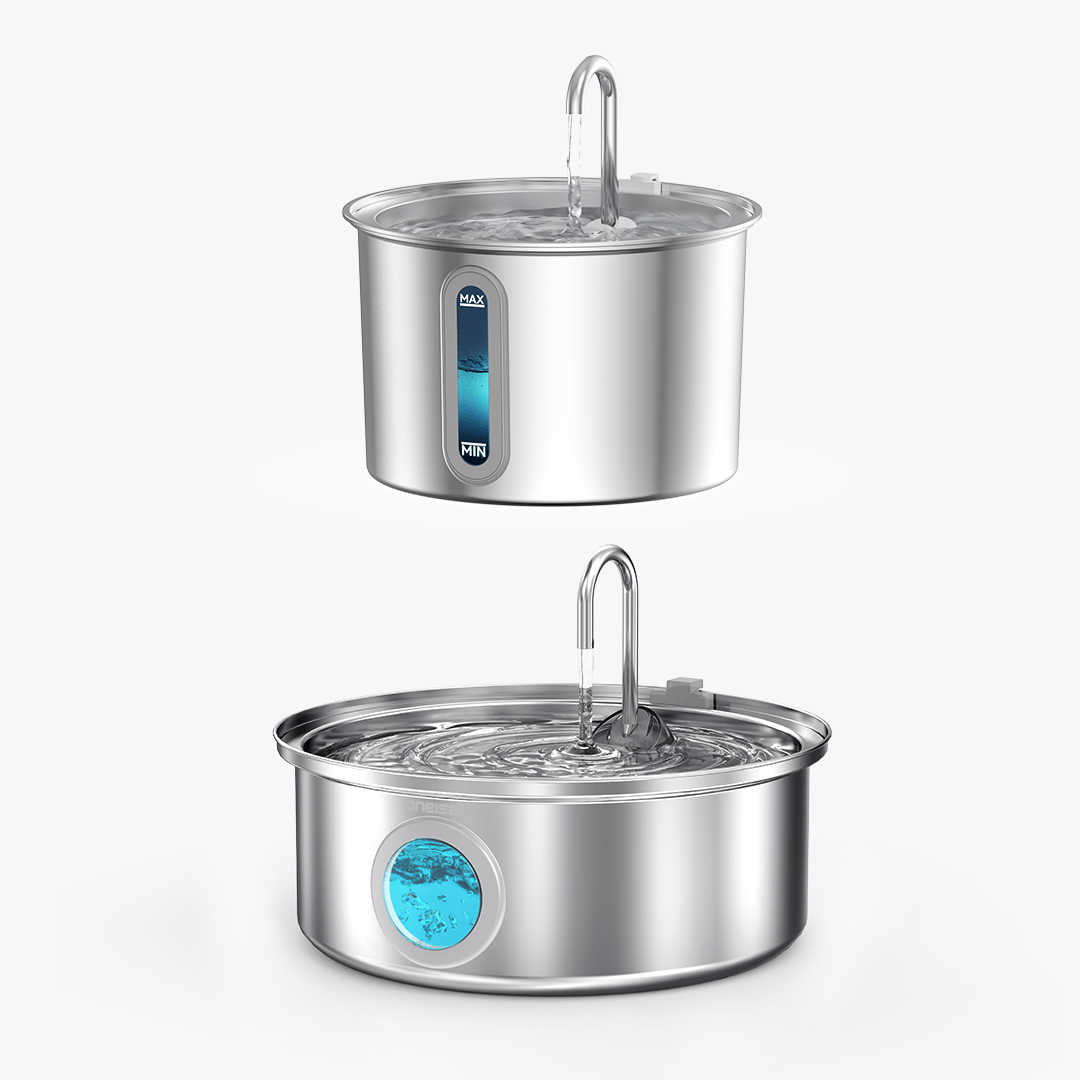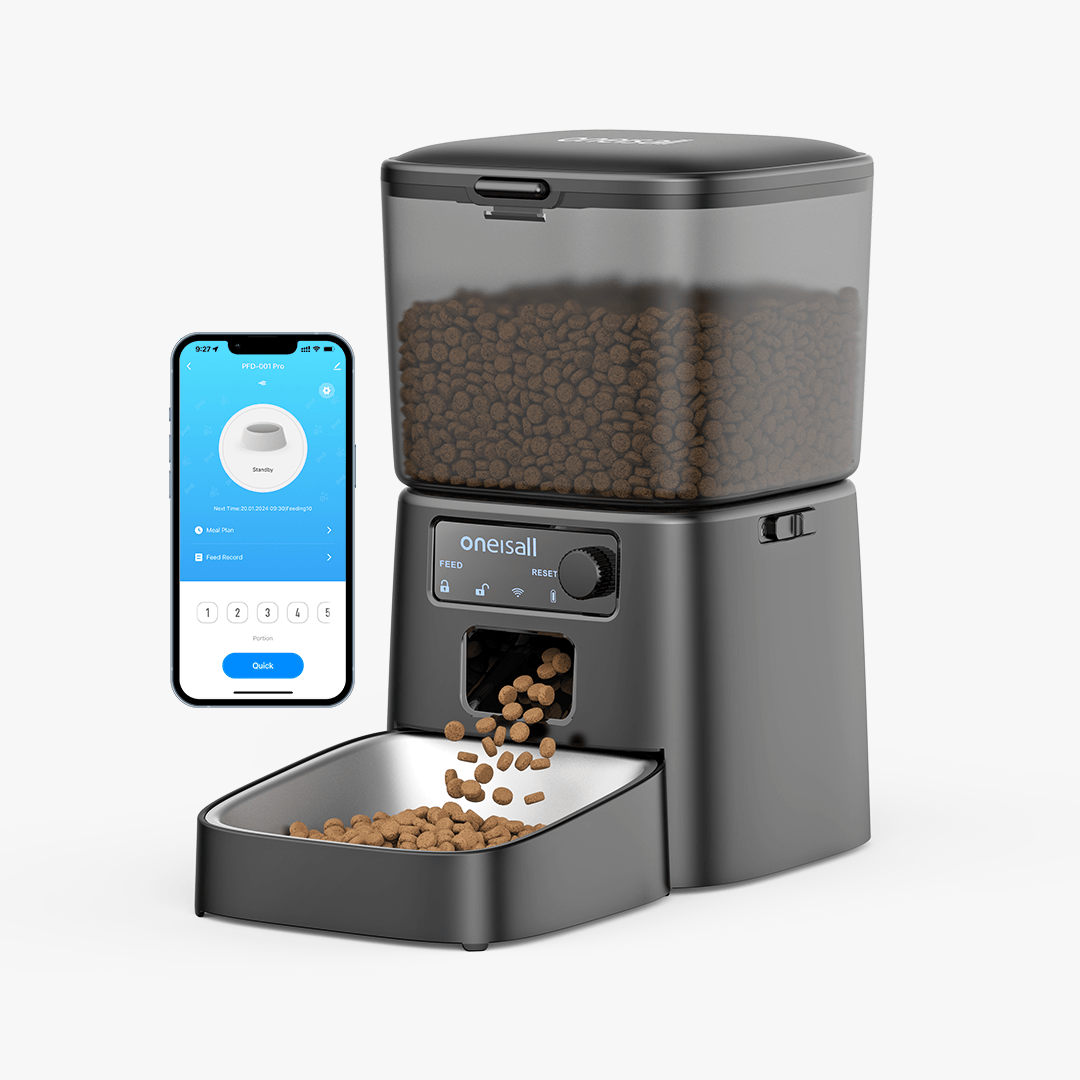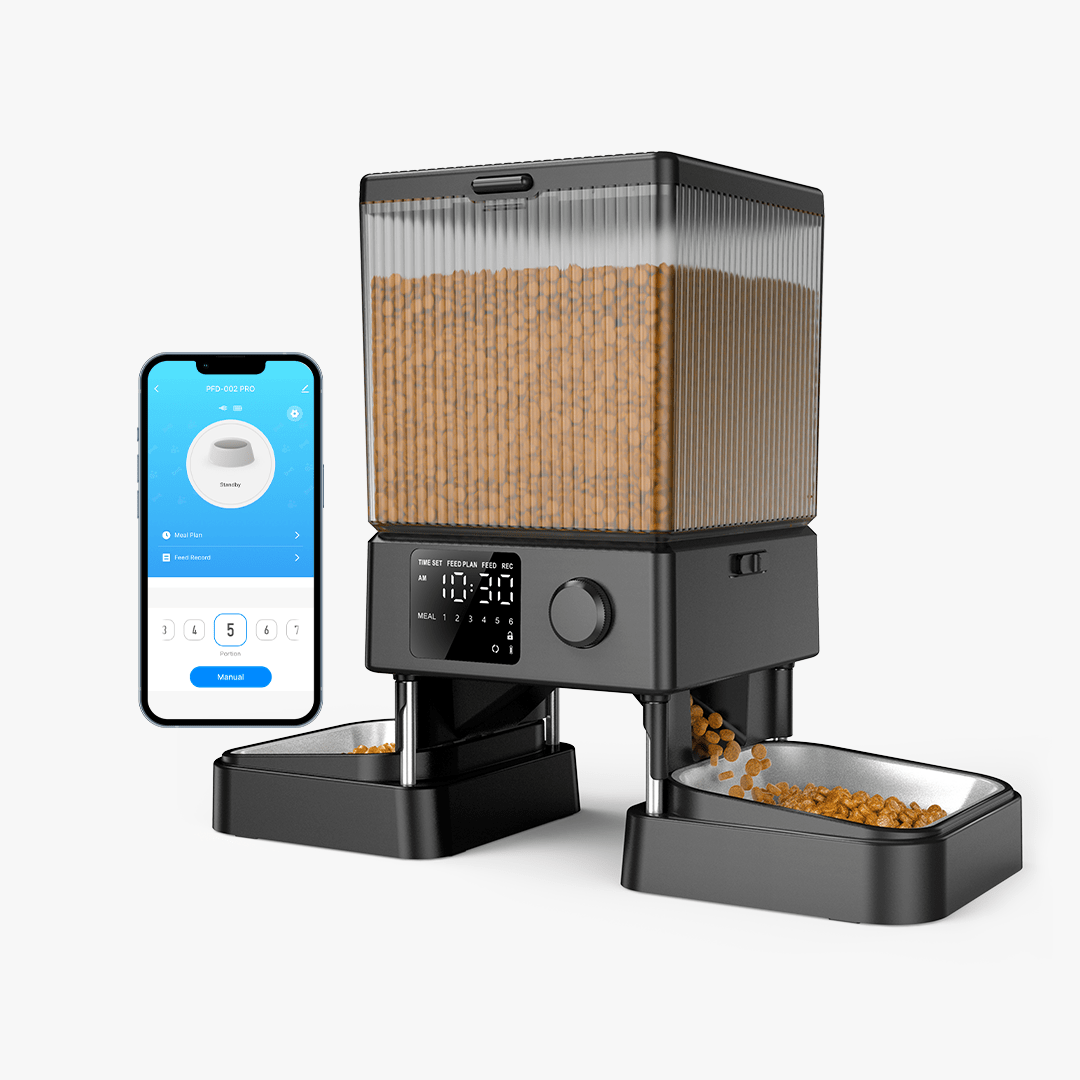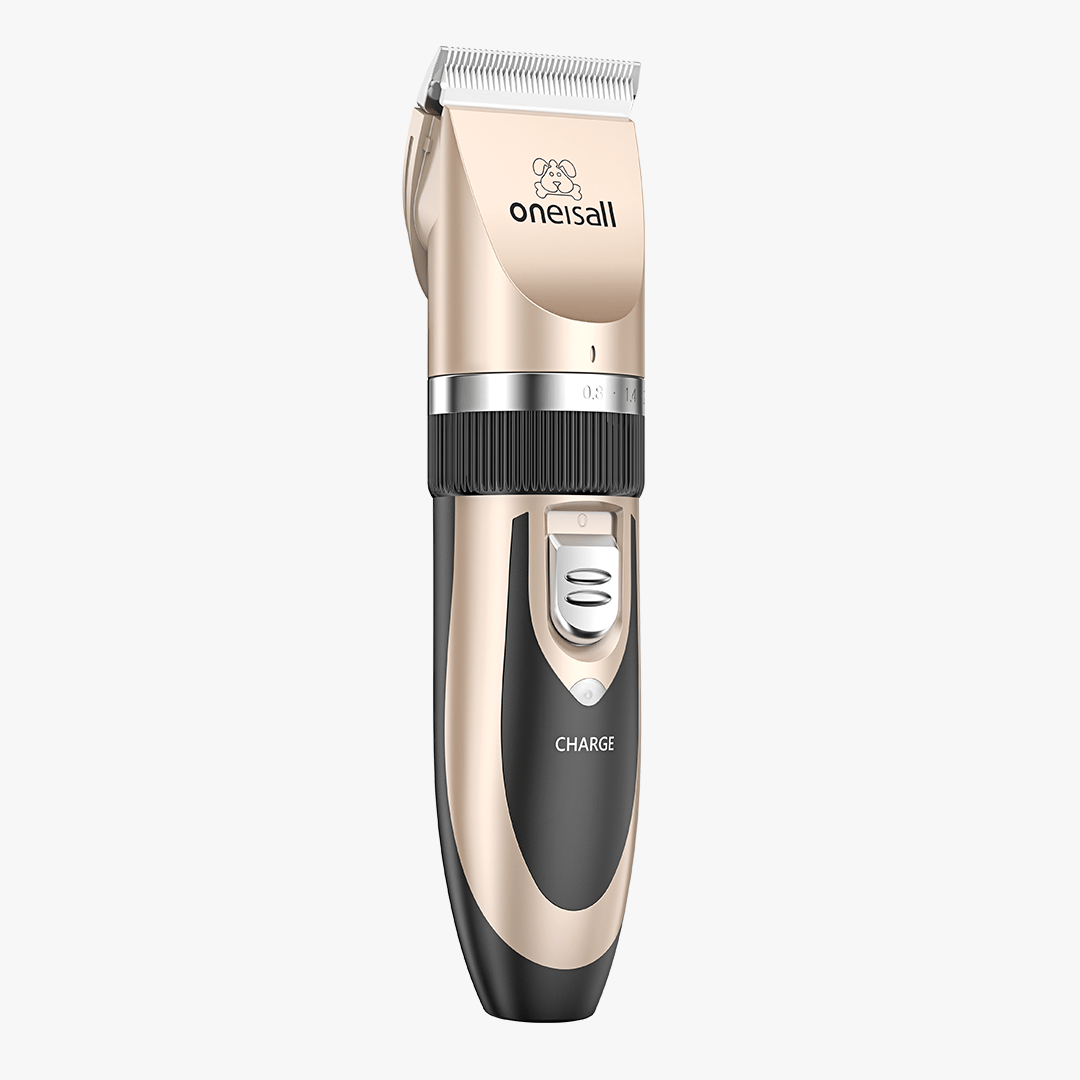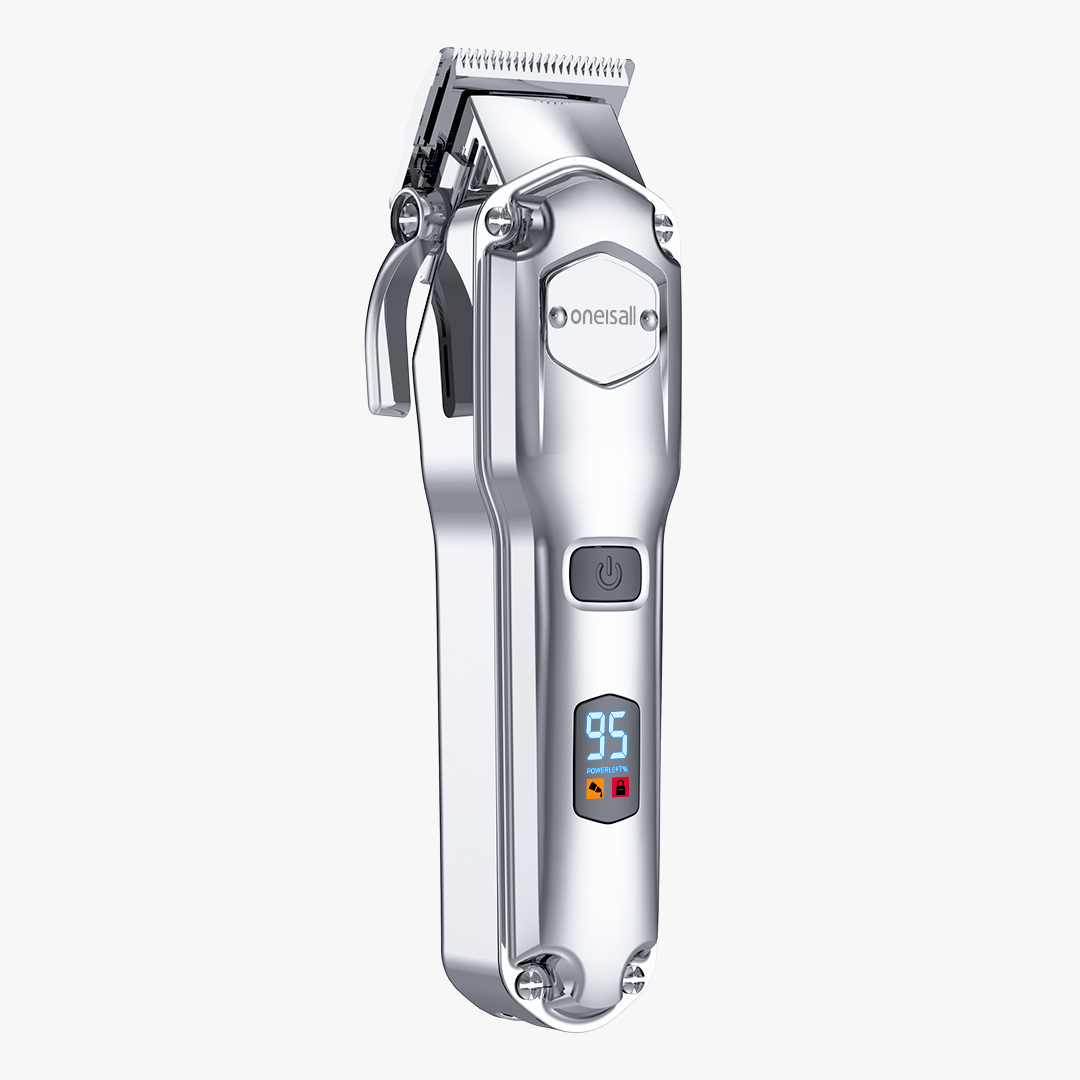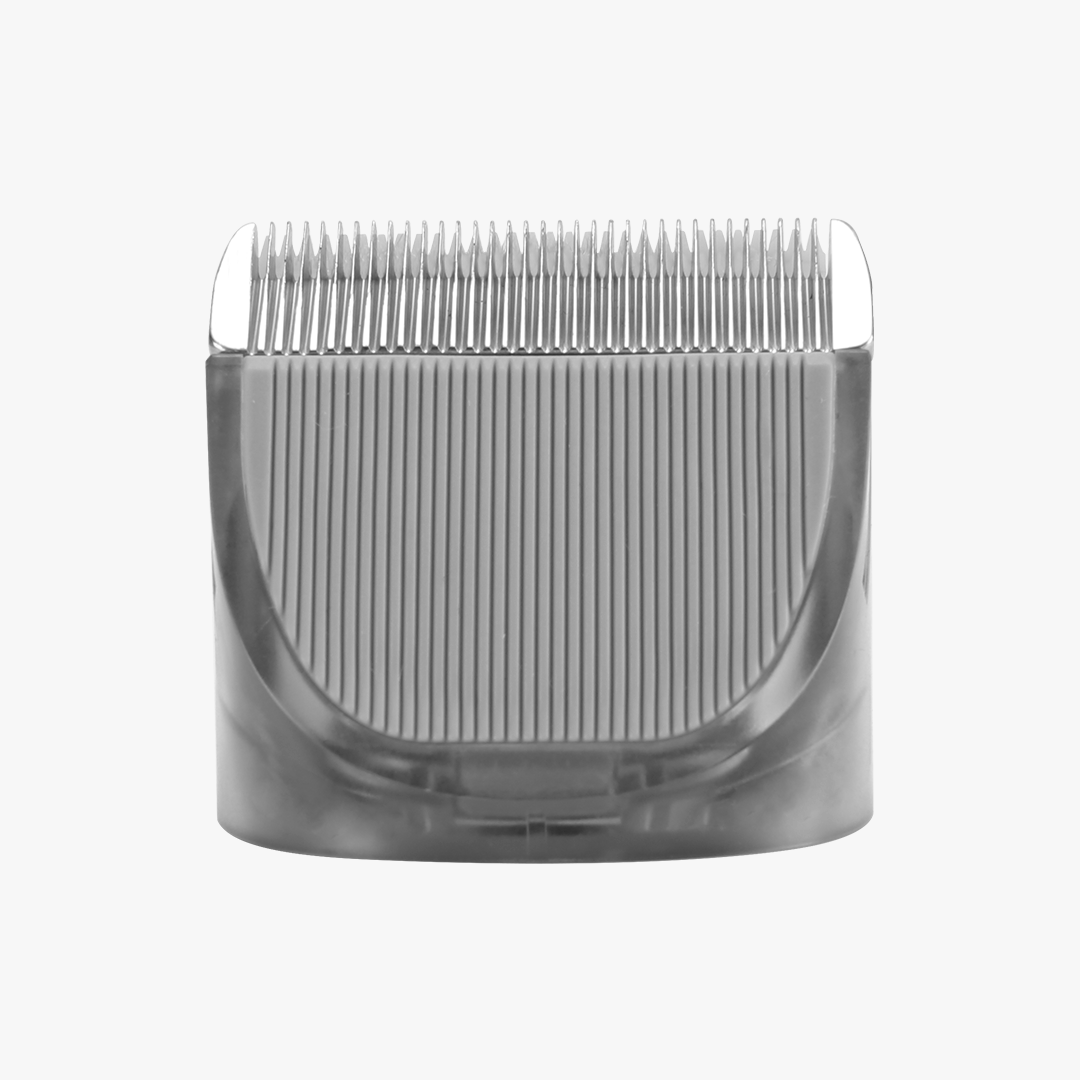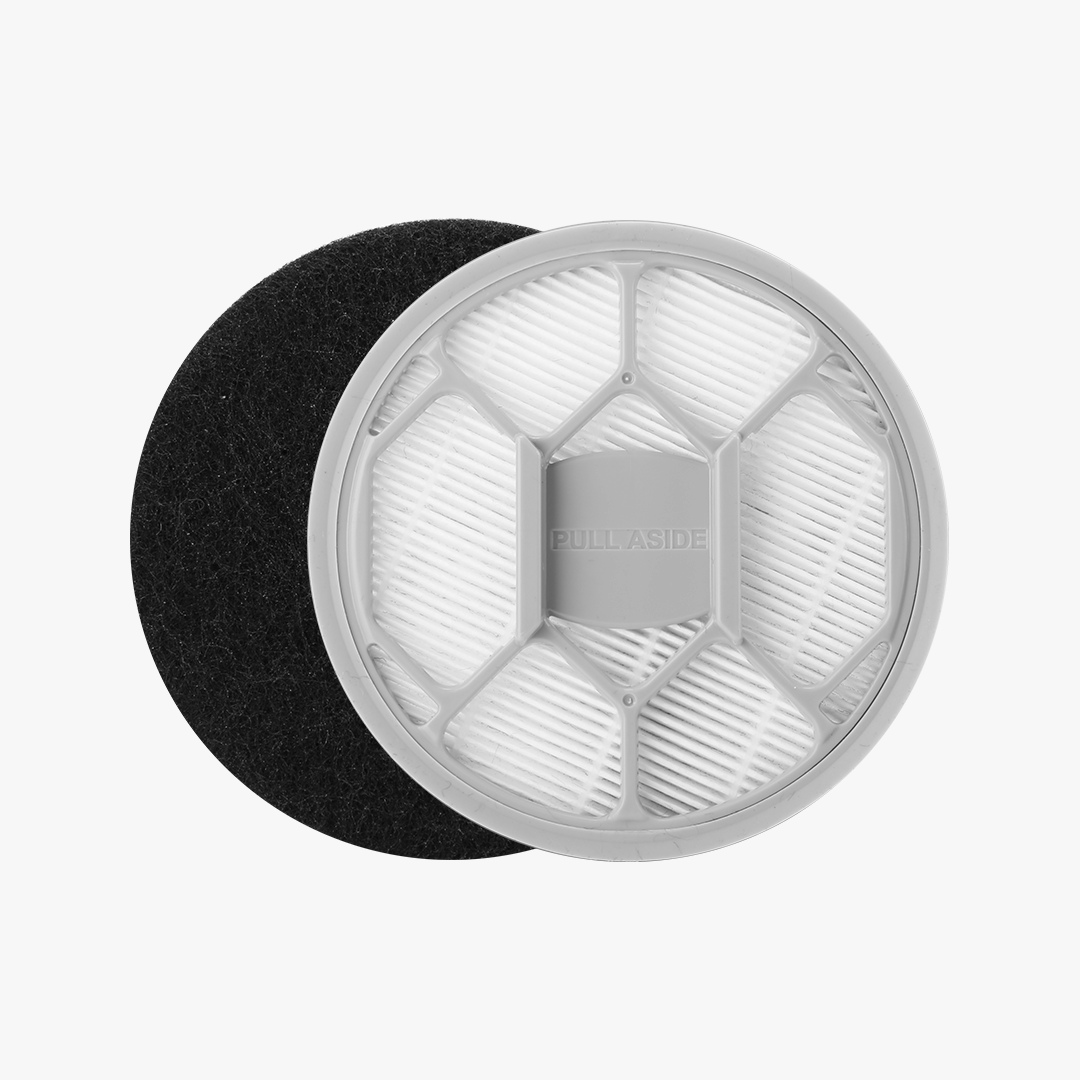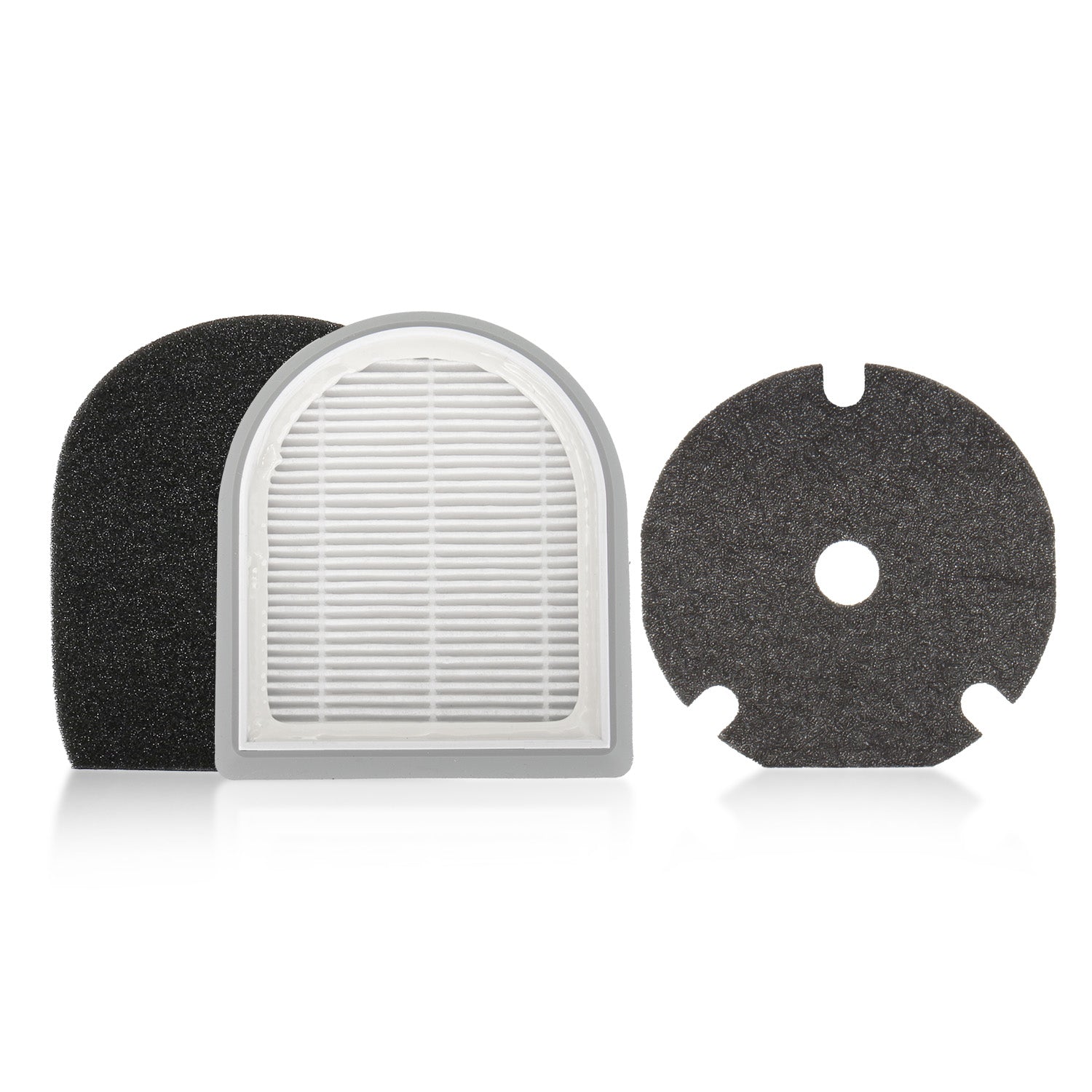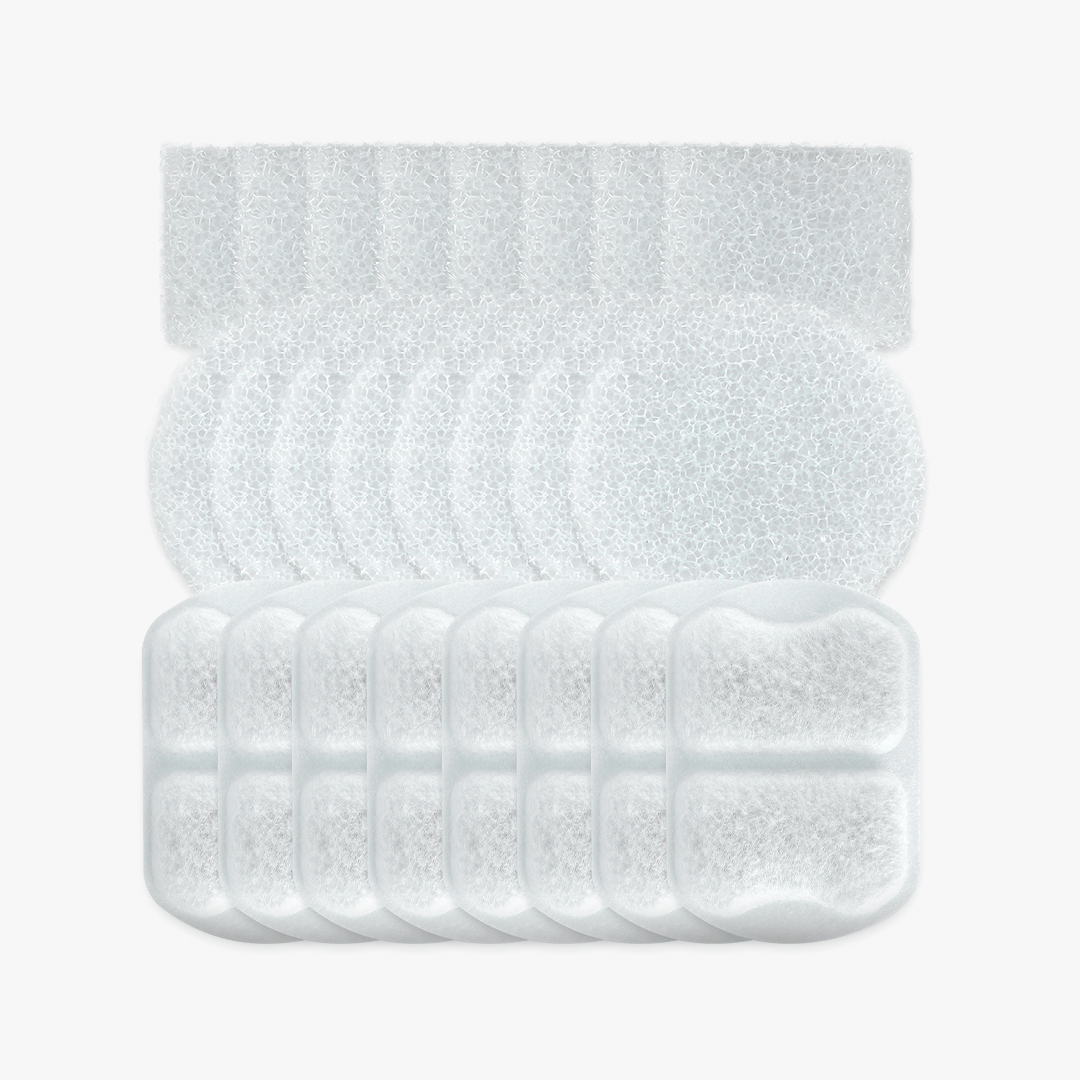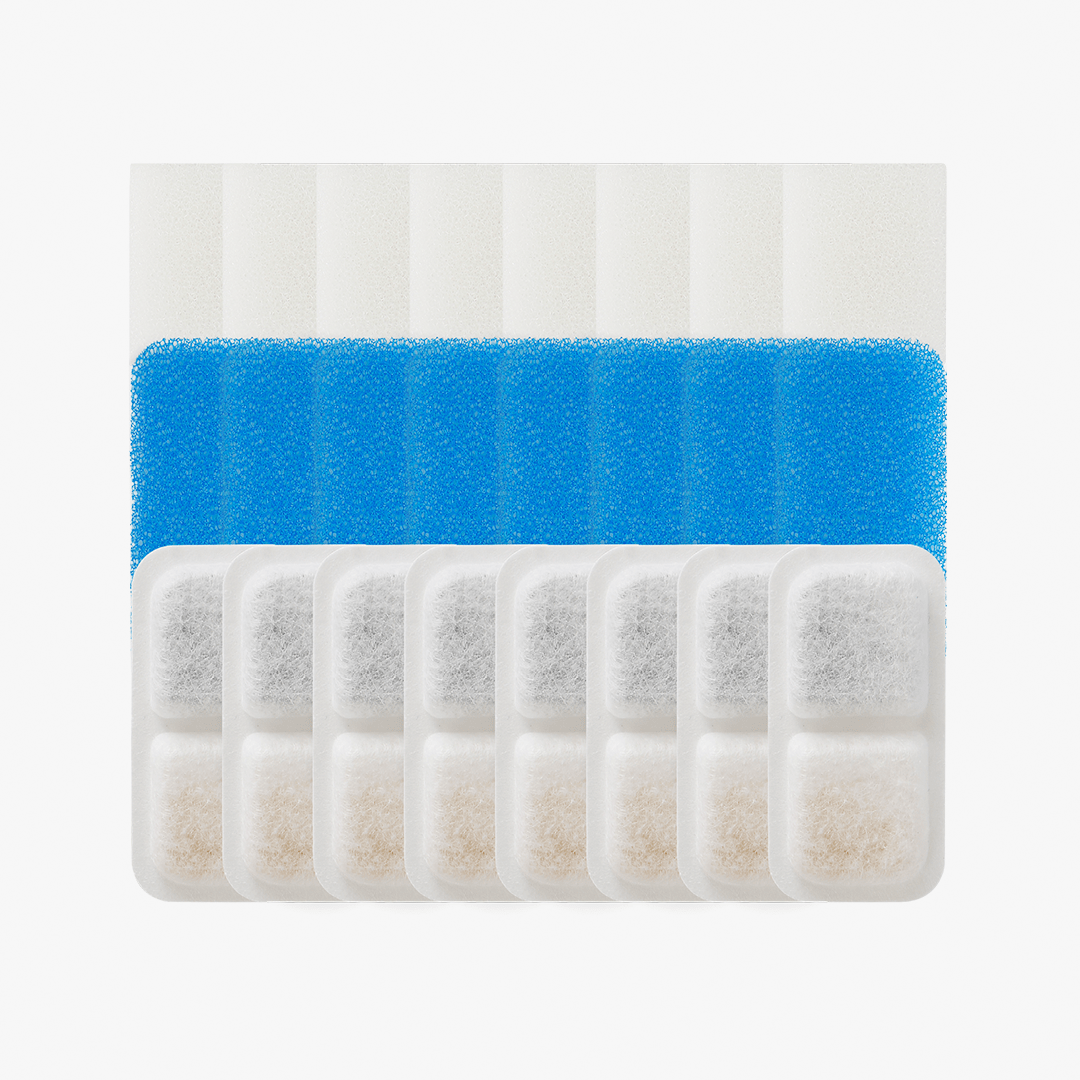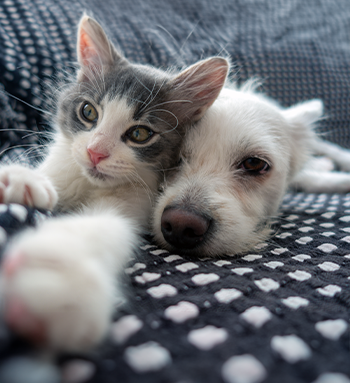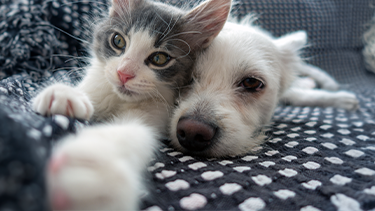Choosing the Right Grooming Tools for Your Dog's Fur Type

Proper grooming is necessary to maintain the health, beauty, and appeal of your dog. The fact that modern dogs have a variety of coats, the selection of the grooming tool becomes quite challenging for any dog owner. For any fur type, it's essential to have the correct equipment so that little grooming does not become painful for dogs. This quick guide will help you in choosing the appropriate grooming tools for dog’s fur type and provide tips on maintaining these tools for longevity.
Four Types of Dog Coats
You must understand your dog's coat type and go for the most appropriate grooming tools to ensure that their coat is always healthy and manageable.
- Short Coats
This coat is relatively short and can be found in many breeds, including the Beagle and Boxer. Short coats lie closer to the skin and are relatively easier to handle than other coat types. They also tend to shed more often, but the fur is easy to manage. Dogs with short coats generally have smooth and shiny hair that would add to their overall clean look. Regular brushing maintains a healthy coat by removing loose hair and distributing natural oils.
- Medium Coats
Medium coats are a bit longer compared to short coats, and they are not quite as dense as long coats. Typical dog breeds with such medium coats include Border Collies and Golden Retrievers, where the coats are a bit more voluminous and long which gives the dog a fuller look. This coat type can be a mix of guard hair and soft undercoat. Such coats are usually shed according to seasons and can get tangled if not properly cared for. Regular grooming is the key to preventing tangles and mats, thereby ensuring a healthy shine.
- Long Coats
Breeds like the Shih Tzu and Yorkshire Terrier have long, flowing coats prone to tangling and matting. The coat is described as long if it is approximately smooth to group and needs grooming now and then to prevent tangling and matting. Often, long-coated dogs have an undercoat that needs special care to prevent it from being matted or causing discomfort to the skin. Some of them might need regular professional grooming to keep the coat healthy and friendly in appearance.
- Curly and Wavy Coats
Dense curls or waves are often seen in Poodles and Portuguese Water Dogs. The texture and appearance of the curly and wavy coats are distinctive. They are more hypoallergenic in the trapping of dander and hair, which often reduces shedding. On the downside, this type of coat is predisposed to matting and would require continuous maintenance to keep the quality of its curls or waves. Regular brushing and trimming are also essential to prevent matting.
Choose the Right Grooming Tools
Let's take a look at how you can choose the right grooming tools that suit your furry friend's coat just right.
- Grooming Tools for Short Coats
It's recommended to go for regular brushing if you have a short-coated dog as it helps to get rid of any loose hair and evenly distribute natural oil. Grooming mitts are also a great option as they allow for a more tactile grooming experience, which many dogs find soothing. Additionally, rubber curry combs can be used during bath time to help lather shampoo and remove dead skin cells, promoting a healthy coat and skin.
- Grooming Tools for Medium Coats
Dogs with medium coats require tools that can penetrate their thicker fur. A slicker brush with fine and short wires effectively removes tangles and loose hair. Pin brushes assist in the process of smoothing the coat and providing a skin massage. De-shedding tools, such as the Furminator, can help manage seasonal shedding by removing the undercoat. The benefits of a comb with rotating teeth are that it can reduce pulling and discomfort while detangling. thereby making grooming more pleasant for your furry friend.
- Grooming Tools for Long Coats
Breeds with long coats require more intensive grooming to prevent tangles and mats from forming. Detangling combs with long teeth can get through the layers of fur, whereas slicker brushes help smooth and pull out any tangles. Pin brushes are good for maintaining the shine of the coat, while trimming scissors can be used to keep a manageable length and prevent the fur from collecting dirt when dragging on the ground. Regular grooming is critical to avoid matting, which becomes painful and leads to skin conditions if not properly managed.
- Grooming Tools for Curly and Wavy Coats
Curly and wavy coats call for special attention to prevent matting. Dematting tools are designed to safely remove mats without pulling on the skin. Curved scissors are handy for trimming around delicate areas, and slicker brushes keep the coat free from tangles. Clippers will also be required for periodic trims to keep the coat at optimal length. Lastly, a conditioning spray keeps the coat soft and manageable between groomings, therefore minimizing tangles and mats.
One highly recommended product is the oneisall grooming vacuum kit. It is versatile and designed to deal with different fur types. It features various attachments, ranging from clippers and brushes to a vacuum that collects the hair while grooming. It reduces the mess and shortens the time taken to work up the grooming session. The kit is particularly beneficial for households with multiple dogs or dogs with thick, shedding coats, as it minimizes loose hair around the home. Furthermore, it is user-friendly and suitable for beginners and experts in the grooming field, which means a stress-free grooming experience for your pet, which makes it an excellent choice when considering grooming tools for dog’s fur type
How to Maintain Your Dog Grooming Tools?
Taking care of the tools is a must to ensure optimal performance and make them last long. Make sure to clean tools after every grooming session by removing all hair from the brushes and combs, followed by washing them with warm soapy water to get rid of accumulated dirt and oils. Don't forget to dry them thoroughly after using them every time so they don't rust. The scissors and clippers should have sharp blades as dull blades may cause pain while they pull the fur. Regularly check and oil the blades to maintain smooth operation.
Keep tools dry and clean to prevent rust and damage. Cover the blades and scissors with their protective materials or keep them in a grooming kit to prevent their misplacement. With time, tools wear off: you need to replace brushes, combs, and blades when worn out or damaged. Regularly inspect the tools for any wear and tear in order to keep them functional.







